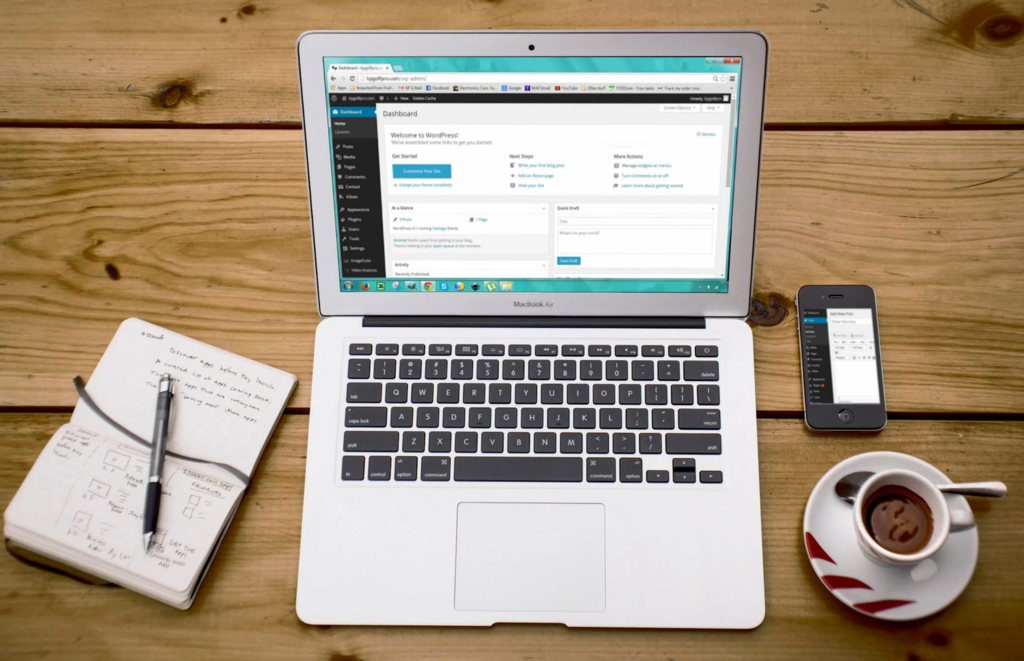Helen | 29 Jun 2021

If you’ve recently redesigned your website or made some major changes to its content or functionality, you probably didn’t give a second thought to what happened to the ‘old’ version of the site.
After all, you probably didn’t like that site very much and couldn’t wait to see the back of it. Maybe you didn’t like the design, the content no longer fitted with your vision for the business, or perhaps the site had a poor conversion rate. Why on earth would you ever need that website again?
Let’s stop for a moment and think about why you wanted a new website.
I think it’s true to say that the vast majority of redesigns or redevelopments have, as their fundamental goal, to grow your business in one way or another. So you’re trying to make your new website ‘better’ than the old one. You’ll probably be measuring the success of your new website in terms of how many website visitors you get, how long they spend on the site, or how many sales or enquiries are generated, for example. But what if the unthinkable happens? What if your ‘better’ website is actually worse? What if you get less traffic than before, your visitors look at fewer pages and are less likely to make an enquiry?
The first thing you’re going to want to do is to analyse why the new site isn’t performing as you hoped. And you’re going to need a record of your old site in order to do that. You’ll want to compare your old enquiry form to your new enquiry form, for example, to try to figure out why more people are visiting it but fewer are filling it in. You’ll want to compare the copy on the old home page to the copy on the new home page to analyse why more visitors are being turned off and bouncing straight back out of your site.
What a shame you’ve fallen out with your old web developer, not thought to keep a copy of the old site, and the Wayback Machine doesn’t have a copy of your site for the relevant date period! So what should you do before hitting the delete button on your old website? There are various options, some or all of which may be open to you depending on your circumstances:
- You could get a copy of all the files from the old website and store them safely – but do note that you can’t just normally open the website files on your laptop – you’d need to run them on a web server.
- You could get your web developers to keep your old website running on a development server – you’d want to make sure that it didn’t get indexed by search engines if you took that approach. You would also likely need to pay your web developer for this service.
- You could take the low-tech approach and print out copies of all the pages on your website (or create PDFs if you don’t want an actual physical copy)
- You could use screen recording software to create a video of your interaction with the website. We love using Loom, which allows you to make 5-minute videos of your screen for free, and in the past, we have also used CamStudio, a free program that you can download to your computer to record your screen. Set the recording running and then simply use your own website – hovering over dropdown menus to show what happens, filling in forms, and showing your website ‘in action’ rather than as a static document.
- Also, make sure you still have access to any Analytics data relating to the old website
And our top tip…? Keep a log of any significant changes made to your website that may have an impact on its performance. If you notice a sudden upturn or downturn in traffic, conversion or bounce rate, for example, you can use your log to try to identify any changes you’ve made that may have caused it.
Tags:
More from Ascendancy
Always coffee in the mornings, then tea in the day. You can never go wrong with an Italian… until you have to pick whether you want pizza or pasta. But Italian is probably my favourite. I would…
For e-commerce stores, a shopping feed provides a revolutionary way to advertise your product catalogue online. Despite removing the limits of a physical storefront and enabling you to list thousands…
Six months ago I started a Digital Marketing Assistant Apprenticeship, here at Ascendancy. To say that the time has flown by, would be an understatement! Although it is now hard to imagine life…
